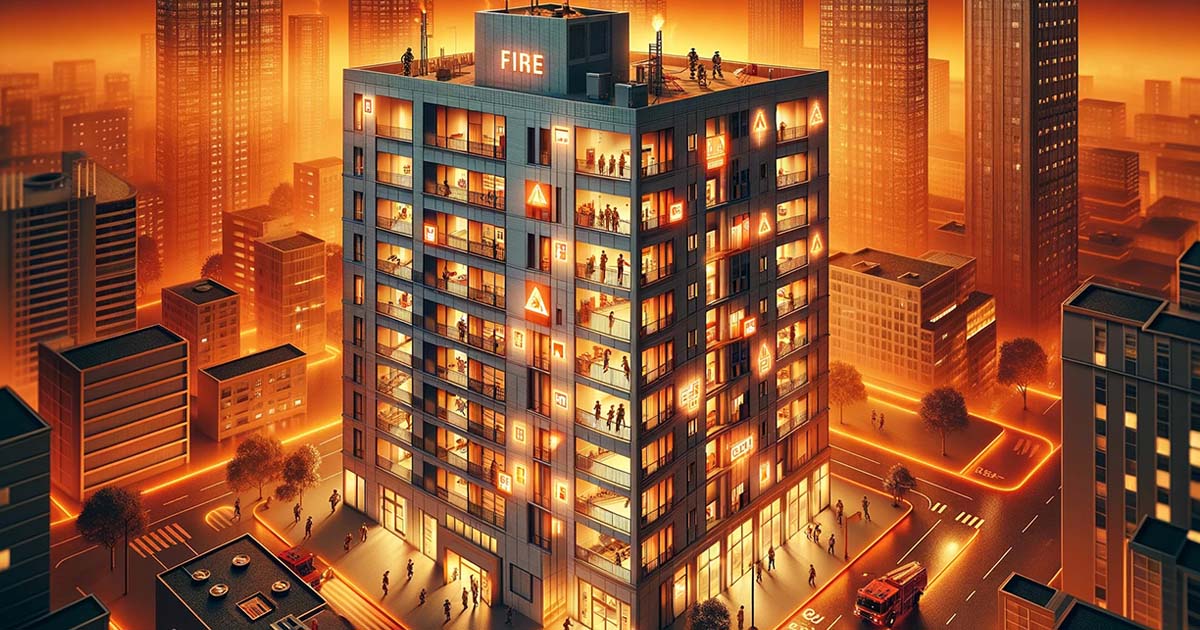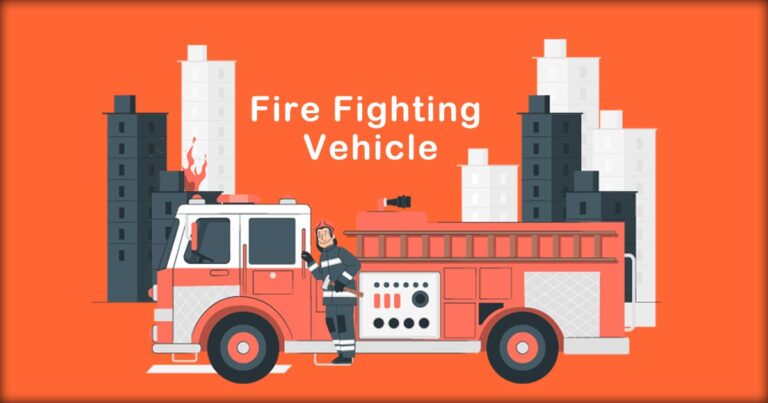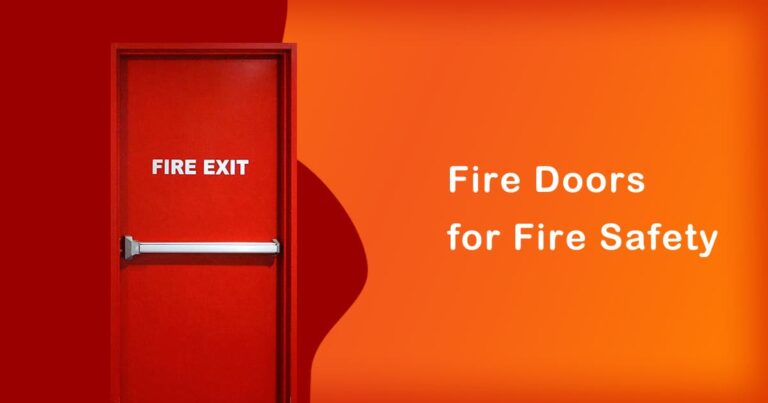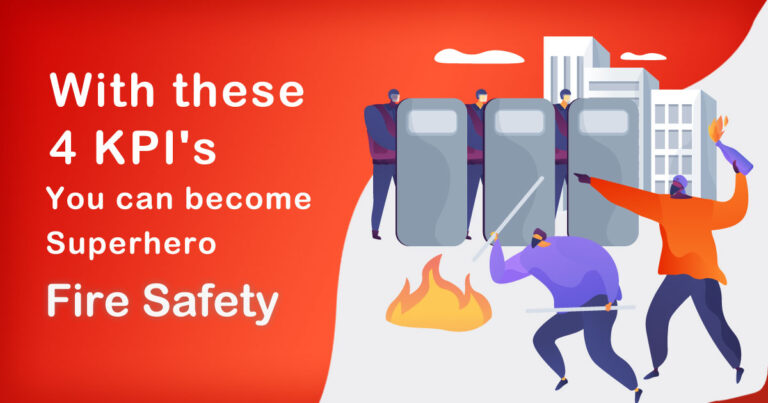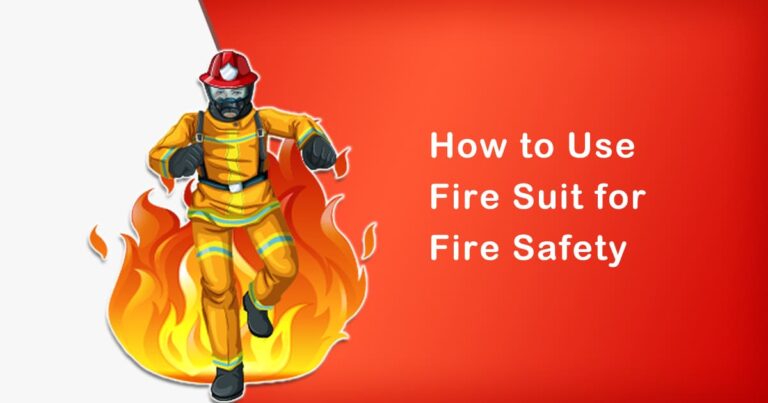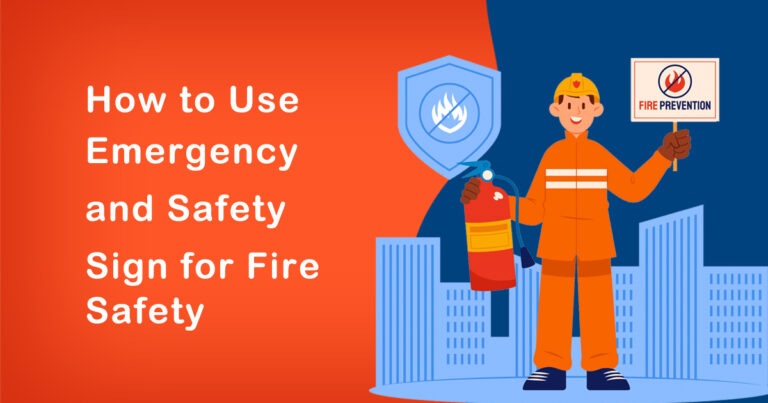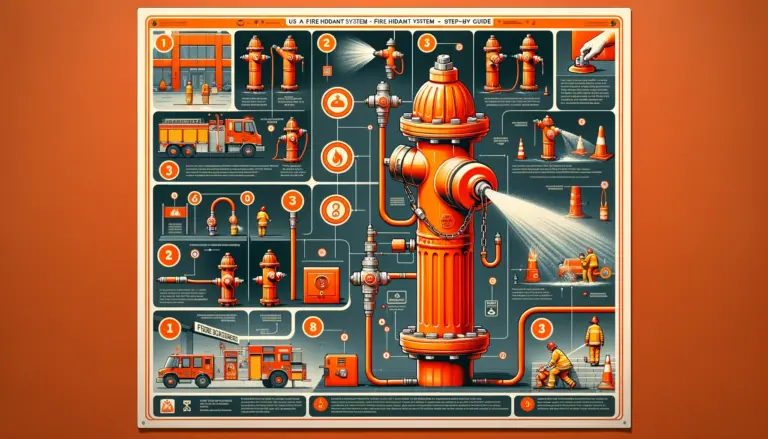Vulnerabilities in High Rise Buildings
Fire safety in high rise buildings in India is an important consideration for the safety of occupants living in or visiting these structures. High rise buildings in India are particularly vulnerable to the spread of fire and smoke due to their height and density. As such, fire safety engineers must take into account the potential for fires to spread rapidly and dangerously in high rise buildings. Fire safety measures must be implemented in order to reduce the risk of fire and to ensure the safety of occupants.
National Building Code of India (NBC)
The National Building Code of India (NBC), 2016, is the latest version of the NBC and was published in 2016. It is a comprehensive building code, providing guidelines for regulating building construction in India. It covers topics such as structural design, fire safety, materials, and energy efficiency, among others. The NBC is intended to serve as the basis for all building regulations in the country and is applicable to all states and union territories of India. As per the NBC, buildings in India are classified into nine categories and depending upon the nature and occupancy of the structure; the fire safety measures are laid down. Residential buildings are classified under category A, whereas industrial, business and storage buildings are kept under categories G, E and H, respectively. For high rise buildings, the NBC mandates the installation of automatic sprinkler systems, diesel generators to be used for controlling fire in the case of power failure, two staircase exits for faster evacuation during a fire, and separate lifts exclusively for firemen in case of an emergency. Additionally, building materials used in high rise construction must meet fire safety standards and be flame retardant.
In order to ensure the safety of occupants in high rise buildings, fire drills and evacuation plans must be regularly practiced and emergency response teams must be trained and equipped with the necessary safety gear. Fire safety training and education should also be provided to building occupants so they are aware of the risks and what to do in the event of an emergency. Finally, fire risk assessments should be conducted on a regular basis to identify and address any potential fire hazards.
By taking the following steps, fire safety in high rise buildings in India can be improved and the risk of fire and injury to occupants can be minimized.
- Familiarize yourself with the building when you first enter it and note the location of fire alarm pull stations, fire extinguishers, exits, etc.
- Install the right number of smoke alarms, test them once a month, replace the batteries at least once a year, and teach children what smoke alarms sound like and what to do when they hear one.
- Stay in the kitchen when cooking and never leave a burning candle unattended
- Listen to first responders and evacuate the building using the nearest stairway if necessary.
- Ensure that your home heating sources are clean and in working order
- Make sure that wiring is not under rugs, attached by nails, or in high traffic areas.
If you are trapped in a house fire, it is important to take the following steps to stay safe:
- Stay low. Smoke and heat rise and can be more intense near the ceiling. Crawl on the floor to a safe location.
- Cover your nose and mouth with a wet cloth or towel to prevent inhaling smoke and toxic gases.
- Close all doors behind you to slow the spread of the fire.
- Close windows and vents to prevent smoke from entering the room.
- Put a blanket, clothing, or other soft material over your body to protect yourself from heat and flames.
- Stay in the room until help arrives.
- If you must leave the room, use a wet cloth to cover your head and keep your eyes closed.
- Move quickly and use a different route than the one you used to enter the room.
- If you cannot escape the building, wait near a window and signal for help.
- If there is a phone in the room, call the fire department and provide your exact location in the building.
- Do not jump out of a window to escape. You can be seriously injured or killed.
- Do not hide in closets, bathrooms, or other confined areas.
- Do not attempt to extinguish the fire. Leave that to the professionals.


